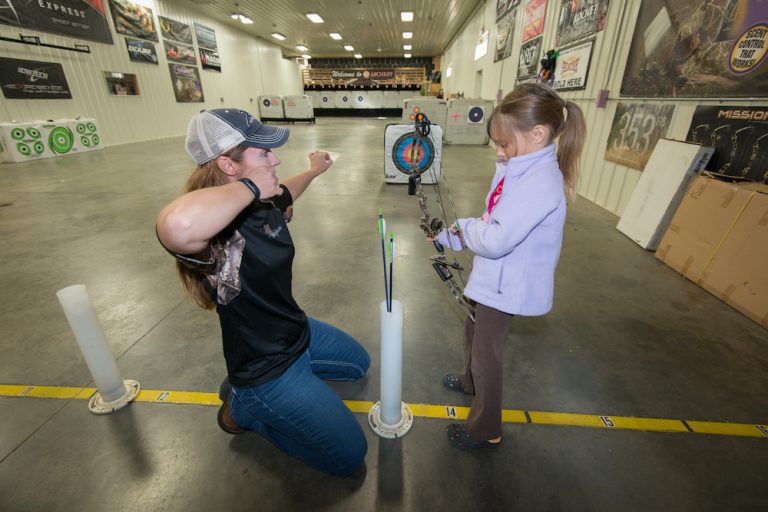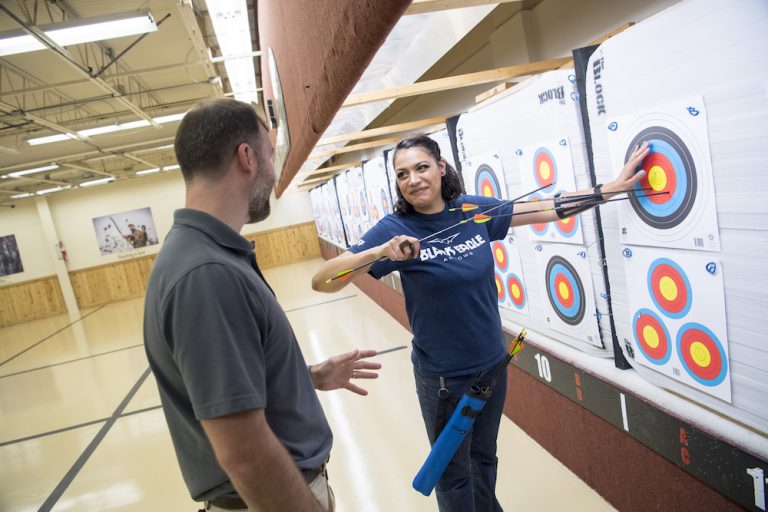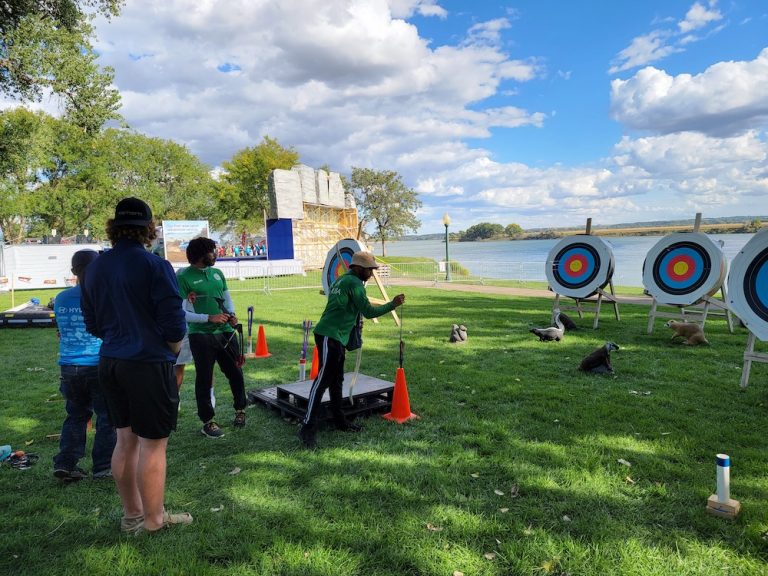Cost
This consideration is always top of mind for business owners. While an archery range is a good business investment, there are important financial factors to consider. Does your current facility have the room to support a range? Are you renting the shop space or do you own it? Can you build a range adjacent to your current building? If you don’t have indoor opportunities, is there enough outdoor space?
In addition to budgeting funds for building or expanding a range, there are additional costs such as targets, lighting and an increase in utilities. It’s rarely a bad idea to start small and expand as business allows. For example, a 20-yard indoor range with a couple of lanes is better than no range. It’s enough space to begin with lessons and programs. People will be able to test gear, sight in new equipment and get technique pointers from staff.
Because having a range will rack up additional costs when it comes to design and sustainability, it’s important to maximize its potential to offset those costs, if not generate extra income. Your range should always be in use. Advertise that it’s available. People can find most equipment online, but with a range, they can try before they buy. Emphasize this opportunity to customers. Make sure they also know that they can practice at your shop, even if they bring in the equipment they’ve purchased elsewhere. Once archers are hooked on practicing in your shop, you’ll have income from lane rentals, group lessons, private instruction and archery events. Selling drinks and snacks is another steady way to generate income from range use.
Climate
Climate should be a big consideration when planning a range. If you’re located in an area where archers can shoot outside comfortably year-round, a smaller indoor range may work well in conjunction with a larger outdoor range. However, if you’re in a climate with cold winters, you might consider a larger indoor facility that can be heated. When archers are unable to shoot outside for extended periods, they’ll look for warm indoor facilities. In warmer climates, consider providing indoor facilities with air conditioning. A large, climate-controlled indoor range gives archers somewhere to practice in bad weather. This is an opportunity to attract backyard archers in addition to your usual customers.
Community
The community can play a big role in range access. Does your town already have an established indoor facility for shooting? Does your community have an outdoor range? If there are other established ranges, consider designing something different. Study other local ranges before creating your own.




